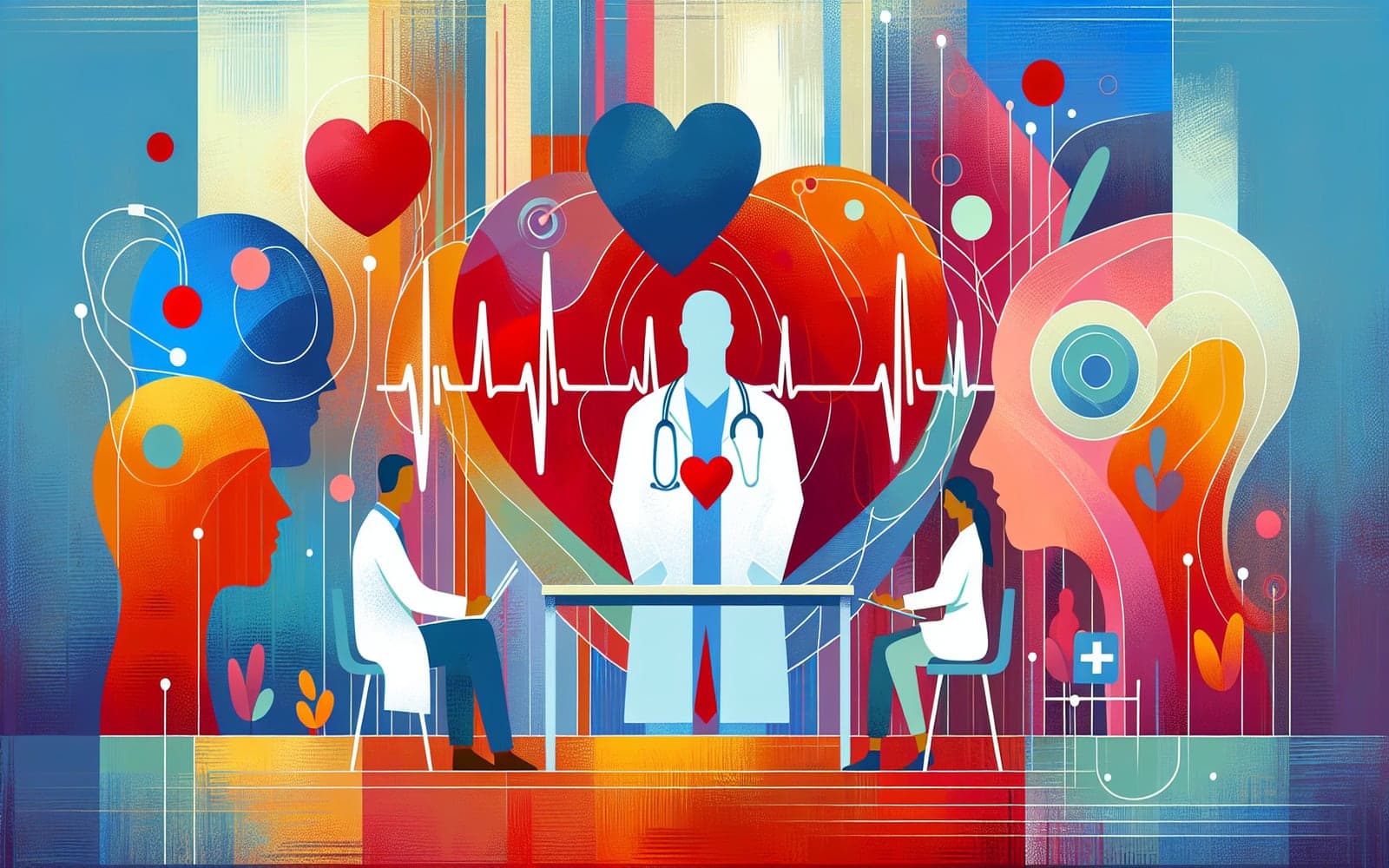How Do Doctors Test for Heart Arrhythmias?
Published: Jun 04, 2024
Heart arrhythmias can hide in plain sight. Here's how doctors use tests to uncover these rhythm disorders.
Contents
Standard ECG Testing
An electrocardiogram (ECG) is often the first step in diagnosing an arrhythmia. This test records the heart's electrical signals and can reveal if the heart is beating too fast, too slow, or irregularly. An ECG is typically performed while the patient is at rest, but it may also be done during symptoms to capture the arrhythmia in action.
Advanced Monitoring Techniques
For arrhythmias that don't show up during a standard ECG, doctors may use ambulatory monitoring. This includes options like Holter monitors that record heart activity over 24 to 48 hours, or event recorders that patients activate when they feel symptoms. These devices help capture elusive arrhythmias over a longer period.

Exercise and Stress Tests
Sometimes arrhythmias are triggered by physical activity or stress. In such cases, a treadmill or bicycle stress test can help identify arrhythmias that only occur during exertion. This test monitors the heart's activity while the patient exercises, helping to pinpoint issues that aren't evident at rest.
Frequently Asked Questions
An ECG is a test that records the electrical signals of the heart to detect arrhythmias.
A Holter monitor records heart activity continuously over a day or two to catch arrhythmias.
Yes, exercise stress tests can reveal arrhythmias that occur during physical exertion.
Key Takeaways
Testing for arrhythmias can involve both simple and advanced techniques to catch these rhythm problems.
Try it out by speaking with Doctronic about the best testing options for your heart health.Related Articles
References
Shen WK, Sheldon RS, Benditt DG, et al. 2017 ACC/AHA/HRS Guideline for the Evaluation and Management of Patients With Syncope.
Zimetbaum PJ, Josephson ME. The evolving role of ambulatory arrhythmia monitoring in general clinical practice.
Always discuss health information with your healthcare provider.

